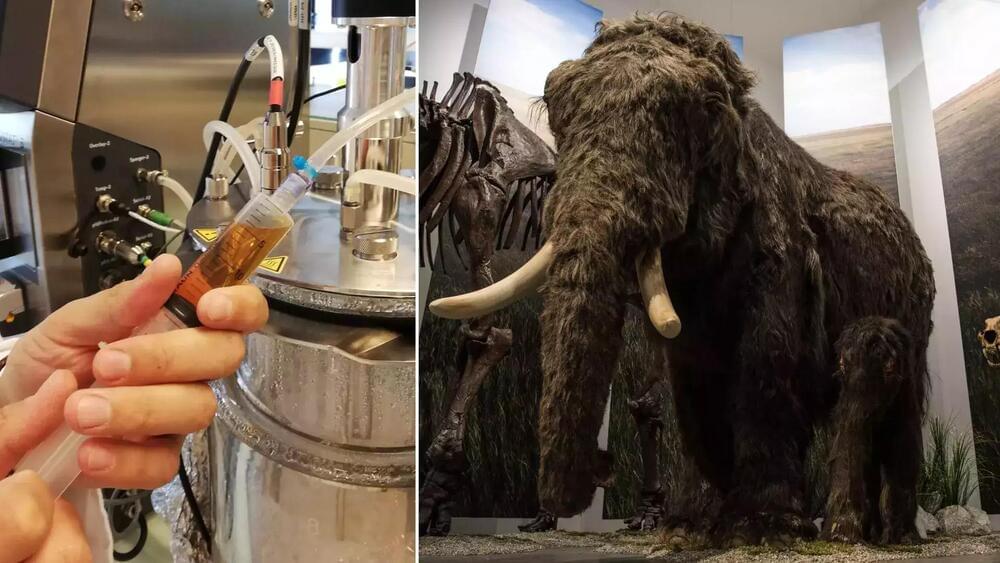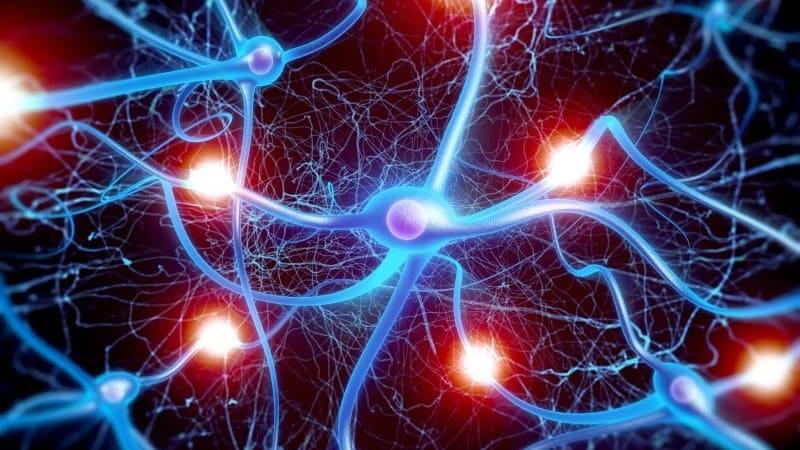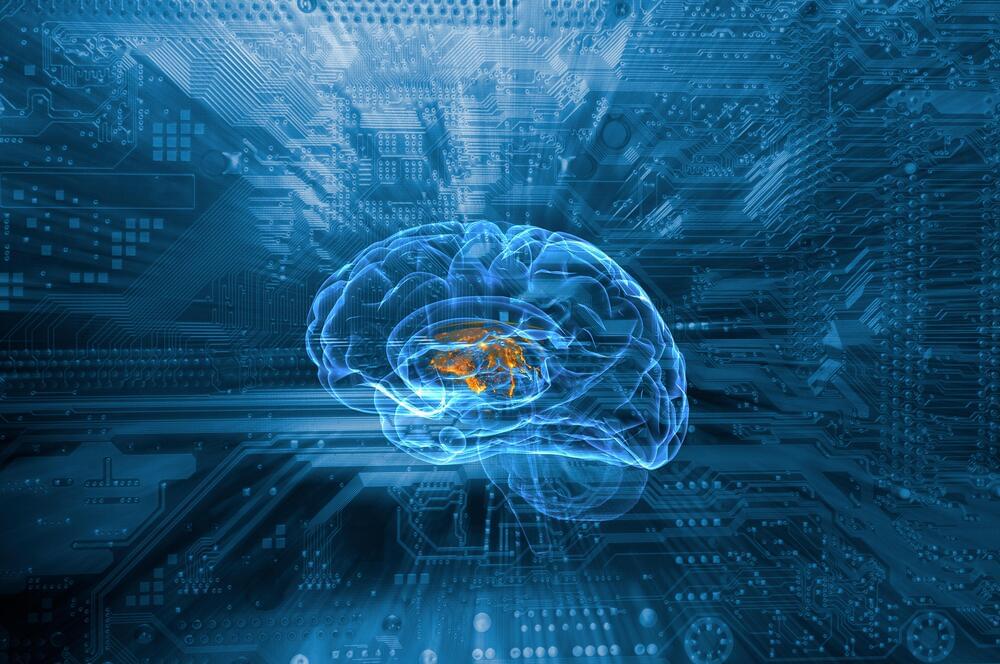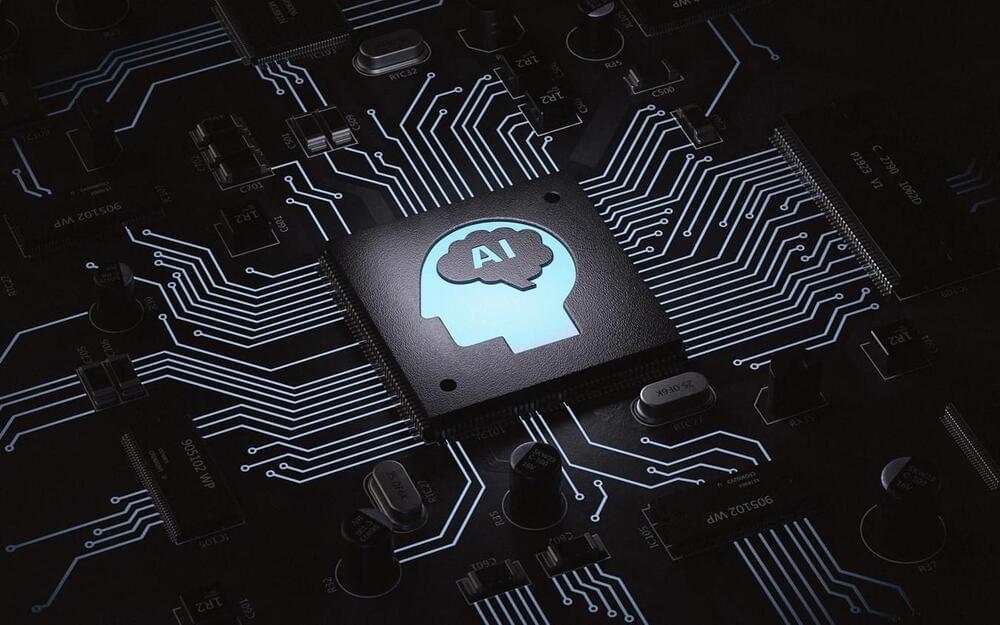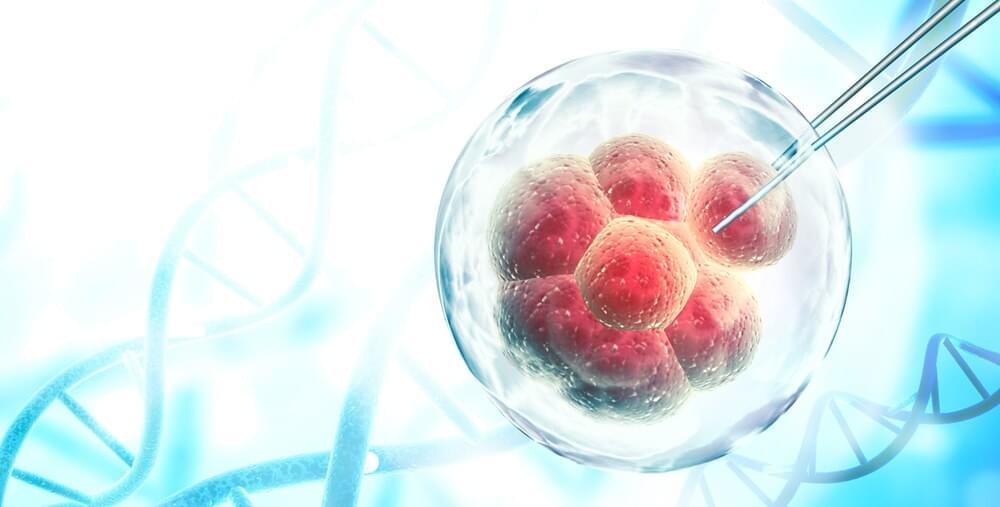Following claims that an AI has shown “sparks of artificial general intelligence”, what are we to make of the hype surrounding this technology? AI expert Melanie Mitchell is your guide.
Paleo’s CEO said there were “more aromatic compounds associated with grilled meat” present when the mammoth protein was added to plant-based burgers.
In light of these changes, there is growing concern about the future of employment worldwide. Surveys suggest that one-fourth of all jobs are at risk of being automated, which understandably makes people worry about job security. However, there is evidence to suggest that the impact of automation may not be as dire as some may fear.
Contrary to popular belief, the automation of jobs is not necessarily synonymous with the elimination of jobs. Instead, it is likely to change the nature of occupations by taking over easy and repetitive tasks, which will free up employees to focus on work that requires higher-level interpersonal skills. This shift is expected to create a demand for workers who are skilled in areas such as communication, problem-solving, and critical thinking.
In conclusion, the nature of labor is evolving at an unprecedented pace due to the rise of technology. Automation and AI are transforming the types of jobs available in many industries, creating new opportunities for workers with higher-level skills. Although there may be concerns about job security, the impact of automation is expected to change rather than eliminate occupations, providing a chance for workers to develop new skills and remain relevant in an ever-changing job market.
Using a strategy that mimics the encoding of information in our brains, a trio of researchers in China has proposed a new platform for artificial intelligence (AI) that could be far more robust than existing architectures. The approach, which has yet to be implemented in the lab, exploits the inevitable non-uniformity of artificial neurons that are a result of defects in real magnetic materials.
\r \r.
The research was done by Zhe Yuan, Ya Qiao and Yajun Zhang at the Center for Advanced Quantum Studies and Department of Physics at Beijing Normal University.
Some companies are negatively impacted by the appearance of ChatGPT and similar AI.
CNBC’s Deirdre Bosa reports on Chegg as the shares of a California education company dropped more than 40%. For access to live and exclusive video from CNBC subscribe to CNBC PRO: https://cnb.cx/2NGeIvi.
» Subscribe to CNBC TV: https://cnb.cx/SubscribeCNBCtelevision.
Biology is so freaking cool! So, I made a list (with fun facts and pictures) of just a small subset of the world’s many amazing ocean creatures. This makes me think: imagine if we knew as much about all these creatures as we know about the human body. I would love a set of nice thick copies of “Principles of Anatomy and Physiology” except that each one is devoted to a different oceanic organism.
cover image credit: Ryo Minemizu (for more, see https://www.ryo-minemizu.com/)
Anglerfish https://en.wikipedia.org/wiki/Anglerfish
Notes: males are tiny compared to females. In many species of anglerfish, mating occurs through males attaching to and then fusing with females such that their circulatory systems join together. The male provides sperm and is eventually absorbed into the female.
Amidst concerns that employees could be entering sensitive information into the ChatGPT artificial intelligence model, a data privacy vendor has launched a redaction tool aimed at reducing companies’ risk from inadvertently exposing customer and employee data.
Private AI’s new PrivateGPT platform integrates with OpenAI’s high-profile chatbot, automatically redacting 50+ types of personally identifiable information (PII) in real time as users enter ChatGPT prompts.
PrivateGPT sits in the middle of the chat process, stripping out everything from health data and credit-card information to contact data, dates of birth, and Social Security numbers from user prompts, before sending them through to ChatGPT. When ChatGPT responds, PrivateGPT re-populates the PII within the answer, to make the experience more seamless for users, according to a statement this week from PrivateGPT creator Private AI.
As AI technology evolves, it is poised to create a great impact on our personal and professional lives, delivering unprecedented assistive capabilities and bringing value to multiple industries.
In a recent study published in the journal Cell Stem Cell, researchers hypothesized that pacemaker-like activity of human pluripotent stem cell-derived cardiomyocytes (hPSC-CMs) resulted in engraftment arrhythmias (EAs), which hampers the clinical use of cell-based therapy using hPSC-CMs for treatment of myocardial infarction (MI).
Study: Gene editing to prevent ventricular arrhythmias associated with cardiomyocyte cell therapy. Image Credit: FrentaN / Shutterstock.

